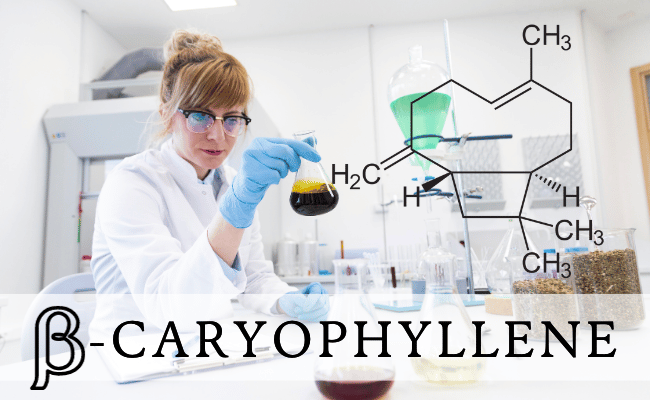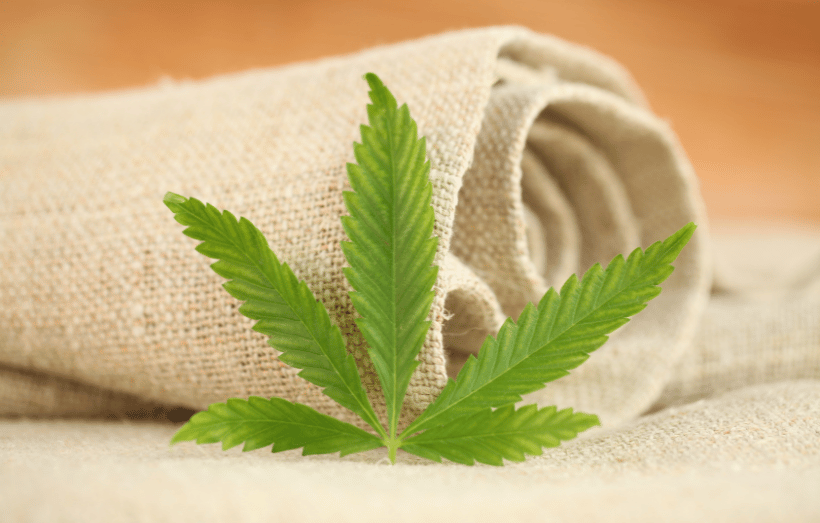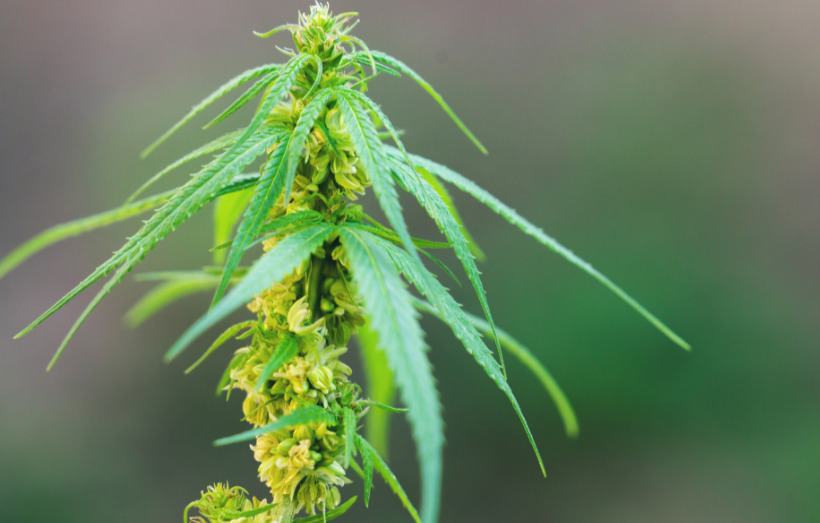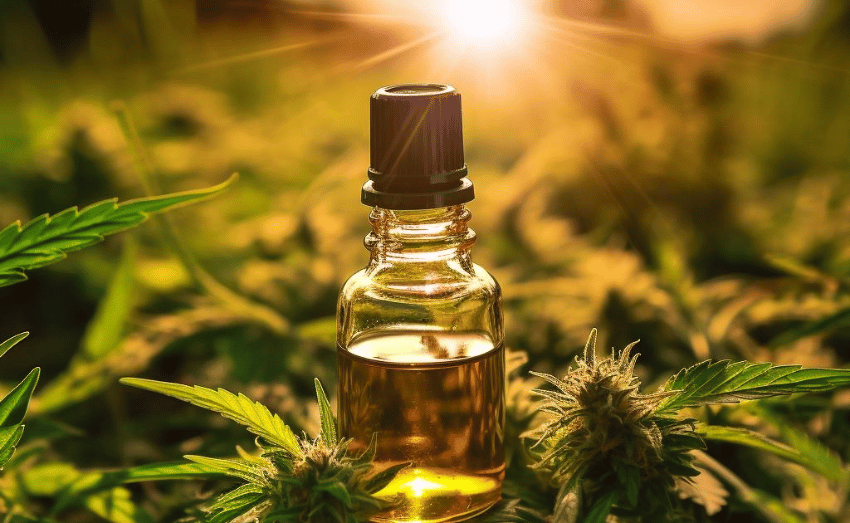The popularity of hemp fabric is on the rise, primarily due to its sustainability and eco-friendly properties. But, you may be wondering, how does it feel when worn? This article explores the texture, comfort, and overall feel of hemp fabric, backed by scientific studies, expert opinions, and research.
What Is Hemp Fabric?
Hemp is derived from the Cannabis Sativa plant, and its use as a textile dates back thousands of years. Unlike its cousin marijuana, hemp contains negligible amounts of THC (the psychoactive compound). Instead, it’s heralded for its robust, durable fibers which are used in textiles, among other applications.
The Texture of Hemp Fabric Explained
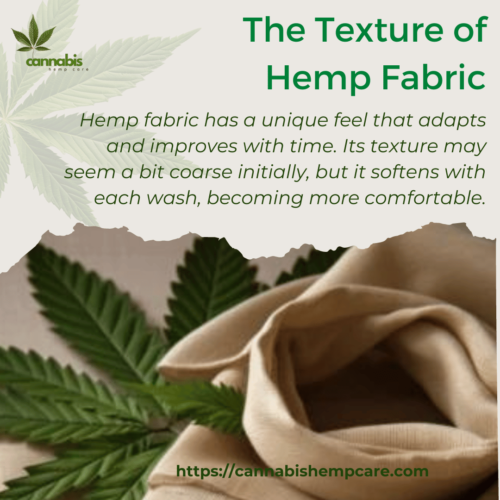
When discussing the texture of hemp fabric, it’s essential to start with an understanding of the hemp plant and how its fibers are converted into textiles. Hemp fabric is woven from the fibers extracted from the stem of the Cannabis sativa plant. These fibers, in their raw state, are long, strong, and somewhat coarse, resulting in a naturally rough texture in the initial fabric.
So, how does hemp fabric feel to the touch? In its unprocessed form, hemp fabric is often likened to linen, a natural fiber known for its crispness and ruggedness. Both hemp and linen are more textured and less smooth compared to cotton, for example. This unique texture is a result of the natural properties of the fibers and the way they are woven.
The somewhat coarse texture of untreated hemp fabric might be surprising or even off-putting to some people, especially those accustomed to smoother fabrics. However, the texture of hemp fabric is one of its most interesting and attractive characteristics for others. It adds an organic and rustic feel to the fabric, which is often appreciated in eco-friendly and sustainable fashion.
Now, the good news for those who prefer a softer touch: the texture of hemp fabric can be altered. According to a study, various processes can be applied to hemp fibers to soften them and produce a smoother and softer fabric. These processes include enzymatic treatments, mechanical softening, or blending with other fibers like organic cotton or silk.
Enzymatic treatments involve applying specific enzymes that break down some of the components of the hemp fibers, making them softer and more flexible. Mechanical softening is achieved by physically working the fabric, similar to the process of breaking in a new pair of shoes. Blending hemp with other softer fibers, like organic cotton or silk, combines the durability of hemp with the softness of the other fibers, resulting in a fabric that feels smoother to the touch while retaining the benefits of hemp.
It’s also worth noting that hemp fabric naturally softens over time with each wash and wear. This process is similar to how a pair of jeans becomes more comfortable after multiple wears. So, even if you initially find hemp fabric a bit rough, you can expect it to become softer and more pleasant against your skin as you continue to wear and wash it.
While hemp fabric may initially feel coarse and textured, there are various ways to soften it, and it naturally becomes more comfortable over time. Its unique texture, combined with its sustainable and eco-friendly attributes, makes it an excellent choice for those seeking an alternative to conventional fabrics.
Hemp Fabric and Comfort
Another essential question is, is hemp fabric comfortable to wear? Hemp is a breathable fabric, which makes it comfortable to wear in various weather conditions. It can keep you cool in the summer and warm in the winter. According to research from the Journal of Natural Fibers, hemp has exceptional moisture-wicking properties, which means it can draw moisture away from your skin, keeping you dry and comfortable.
How Does Hemp Compare to Other Fabrics?
As mentioned earlier, untreated hemp fabric can feel a bit coarse, similar to linen. When compared to cotton, hemp might feel a little rougher, but it becomes softer over time with each wash. A study in the International Journal of Clothing Science and Technology found that hemp’s wearability improves over time, unlike cotton, which can deteriorate with repeated washing.
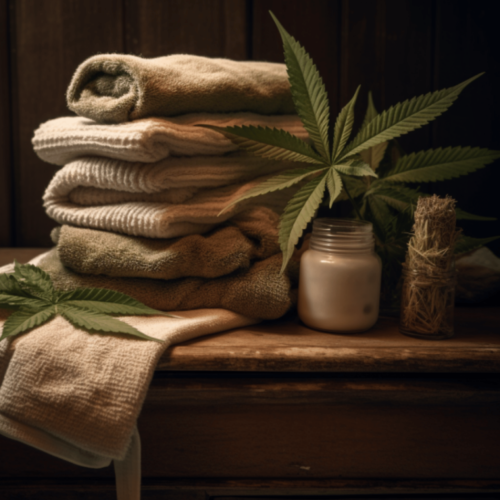
Hemp’s Adaptability to Weather Conditions
One of the most remarkable characteristics of hemp fabric is its adaptability to different weather conditions. Does hemp fabric keep you warm or cool? Hemp has a natural ability to regulate your body’s temperature. In colder weather, it traps heat, keeping you warm, while in hotter conditions, its breathability helps keep you cool. This thermal regulation property was highlighted in a study published in the Journal of Industrial Textiles.
Softening of Hemp Over Time
Many people ask, does hemp fabric get softer with time? The answer is a resounding yes. With each wash, hemp fabric becomes softer and more comfortable to wear. This quality was confirmed in a study from the Journal of Textile Science and Engineering, which showed that hemp fibers become less coarse and much softer with use and washing.
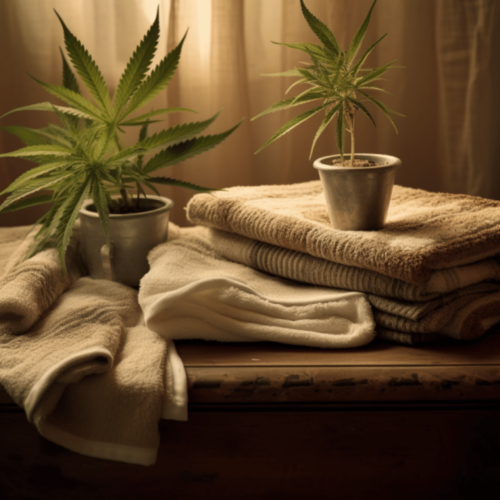
Hemp Fabric and Skin Sensitivity
If you have sensitive skin, you might wonder, is hemp fabric suitable for sensitive skin? Hemp fabric is naturally hypoallergenic, making it a good choice for those with sensitive skin. Additionally, its antimicrobial properties help reduce the risk of irritation or allergies, as noted in research from the Journal of Natural Fibers.
The Durability of Hemp Fabric
Apart from its feel, the durability of hemp fabric is also worth noting. How durable is hemp fabric? Hemp fabric is exceptionally durable, as the fibers are strong and don’t wear out quickly. According to a study in the Textile Research Journal, hemp fibers show higher tensile strength than cotton, making garments made from hemp less likely to rip or wear out quickly.
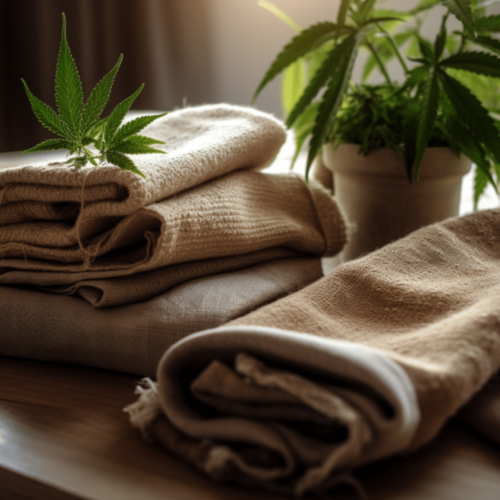
Conclusion
Hemp fabric has a unique feel that adapts and improves with time. Its texture may seem a bit coarse initially, but it softens with each wash, becoming more comfortable. Hemp’s adaptability to weather conditions, breathability, and hypoallergenic properties make it an excellent choice for those seeking comfort and sustainability in their clothing choices. The increasing popularity of hemp fabric in the fashion industry is backed by scientific studies and expert opinions that highlight its many benefits.
FAQs
How long do hemp clothes last?
Hemp clothing, when properly cared for, can last for several years. Its fibers have a natural durability and strength, which contributes to an extended garment lifespan. A study from the Journal of Textile and Apparel, Technology and Management indicates that hemp fibers possess a high resistance to wear and tear, making them more long-lasting compared to some other textiles.
Is hemp fabric durable?
Yes, hemp fabric is highly durable. It is one of the strongest and most robust plant fibers. According to the Textile Research Journal, hemp fibers exhibit higher tensile strength than cotton, making garments woven from hemp less likely to rip or wear out quickly
Does hemp fabric fade?
Over time and with repeated exposure to sunlight, hemp fabric can fade, much like other natural fabrics. However, it’s worth noting that hemp’s resistance to ultraviolet light is higher than other natural fibers, as reported by the Journal of Natural Fibers. This means that while fading can occur, it may be less pronounced than in fabrics like cotton.
Does hemp clothing dry quickly?
Hemp fabric has porous characteristics, allowing it to be highly absorbent but also enabling it to release moisture quickly, leading to faster drying times. A study from the International Journal of Clothing Science and Technology highlighted that hemp’s moisture-wicking properties make it more efficient in drying compared to fabrics like cotton
Is hemp a sustainable material?
Absolutely. Hemp is considered one of the most sustainable crops for various reasons. It requires minimal water, and almost no pesticides, and it enriches rather than depletes the soil by shedding its leaves throughout the season. Furthermore, hemp can produce more fiber per acre than trees and can be grown in various climates and soil types. The Stockholm Environment Institute’s research has consistently advocated for hemp’s environmental benefits, positioning it as a leading choice for eco-friendly textiles.

